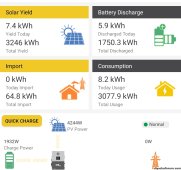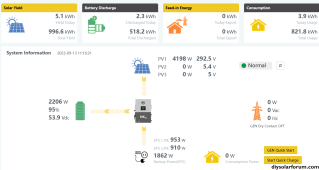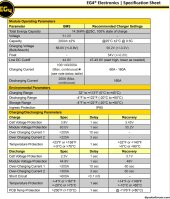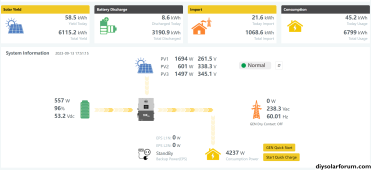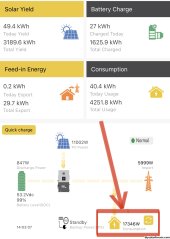rakitejada
Solar Enthusiast
Hi. Quick question.
I saw @Will Prowse video that showed him adding a EG4 PowerPro battery to his 18kpv. He also said that you NEED to add two batteries at a time.
I have a 18kpv. Have 6 lifepower 48v batteries. And i need around 50% more storage for what the EG4 PowerPro battery fits perfectly.
So my question is: Even i already have a server rack of 6 lifepro batteries on the 18kpv, i cant add just one PowerPro battery?
Thanks
Raki
I saw @Will Prowse video that showed him adding a EG4 PowerPro battery to his 18kpv. He also said that you NEED to add two batteries at a time.
I have a 18kpv. Have 6 lifepower 48v batteries. And i need around 50% more storage for what the EG4 PowerPro battery fits perfectly.
So my question is: Even i already have a server rack of 6 lifepro batteries on the 18kpv, i cant add just one PowerPro battery?
Thanks
Raki



